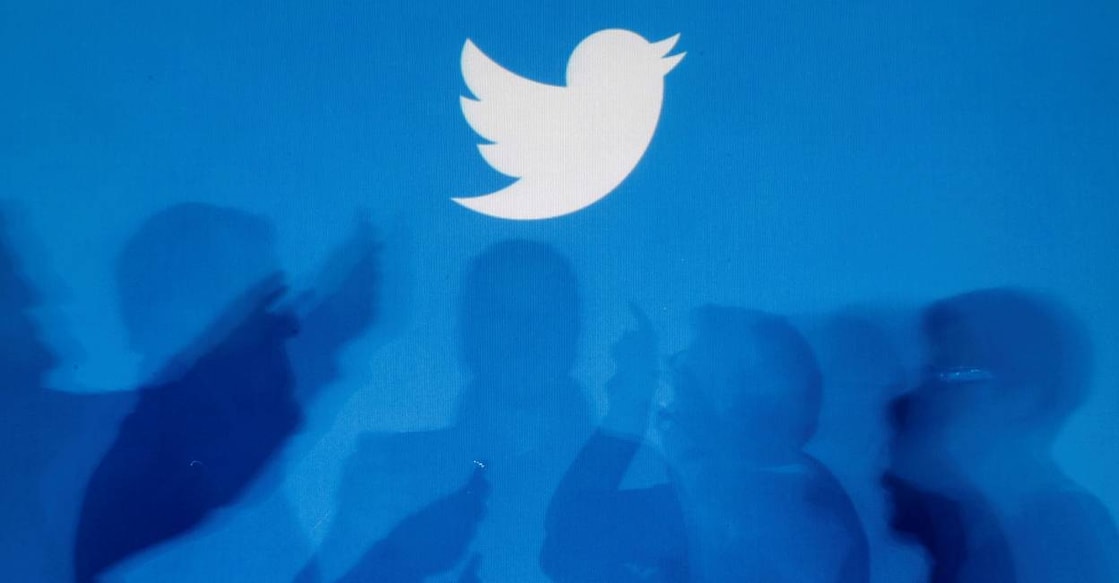Twitter removes blue ticks from accounts; SRK, Rahul Gandhi, Pope lose verified status

Mail This Article
San Francisco: Twitter has finally removed the blue ticks from the verified profiles of many of the VIPs around the globe. Indian actors Shah Rukh Khan, Deepika Padukone, cricketers Sachin Tendulkar, MS Dhoni, Virat Kohli, Congress leader Rahul Gandhi and many others have lost blue ticks from their profiles.
After several false starts, Twitter began making good on its promise on Thursday to remove the blue checks from accounts that don't pay a monthly fee to keep them. Twitter had about 300,000 verified users under the original blue-check system many of them journalists, athletes and public figures. The checks which used to mean the account was verified by Twitter to be who it says it is began disappearing from these users' profiles late morning Pacific Time.
High-profile users who lost their blue checks on Thursday included Beyonce, Pope Francis, Oprah Winfrey and former President Donald Trump.
Payment for blue tick
From now on, only individuals and organisations that pay for the premium Twitter Blue subscription will get the verified credential on their profiles.The Twitter Blue subscription is available for a monthly fee of Rs 650 on the web and Rs 900 on mobile devices.
Twitter does not verify the individual accounts, as was the case with the previous blue check doled out during the platform's pre-Musk administration.
For users who still had a blue check Thursday, a popup message indicated that the account is verified because they are subscribed to Twitter Blue and verified their phone number. Verifying a phone number simply means that the person has a phone number and they verified that they have access to it it does not confirm the person's identity.
Govt agencies lose verified status
It wasn't just celebrities and journalists who lost their blue checks Thursday. Many government agencies, nonprofits and public-service accounts around the world found themselves no longer verified, raising concerns that Twitter could lose its status as a platform for getting accurate, up-to-date information from authentic sources, including in emergencies.
While Twitter offers gold checks for verified organizations and grey checks for government organisations and their affiliates, it's not clear how the platform doles these out and they were not seen Thursday on many previously verified agency and public service accounts.
The official Twitter account of the New York City government, which earlier had a blue check, tweeted on Thursday that "This is an authentic Twitter account representing the New York City Government This is the only account for @NYCGov run by New York City government" in an attempt to clear up confusion.
A newly created spoof account with 36 followers (also without a blue check), disagreed: No, you're not. THIS account is the only authentic Twitter account representing and run by the New York City Government.
Soon, another spoof account purporting to be Pope Francis weighed in too: "By the authority vested in me, Pope Francis, I declare @NYC_GOVERNMENT the official New York City Government. Peace be with you."
Nearly 5 pc verified accounts pay Twitter
Fewer than 5 per cent of legacy verified accounts appear to have paid to join Twitter Blue as of Thursday, according to an analysis by Travis Brown, a Berlin-based developer of software for tracking social media.
Musk's move has riled up some high-profile users and pleased some right-wing figures and Musk fans who thought the marks were unfair. But it is not an obvious money-maker for the social media platform that has long relied on advertising for most of its revenue.
Digital intelligence platform Similarweb analyzed how many people signed up for Twitter Blue on their desktop computers and only detected 116,000 confirmed sign-ups last month, which at $8 or $11 per month does not represent a major revenue stream. The analysis did not count accounts bought via mobile apps.
Musk's move to remove blue tick
After buying San Francisco-based Twitter for $44 billion in October, Musk has been trying to boost the struggling platform's revenue by pushing more people to pay for a premium subscription. But his move also reflects his assertion that the blue verification marks have become an undeserved or corrupt status symbol for elite personalities, news reporters and others granted verification for free by Twitter's previous leadership.
Twitter began tagging profiles with a blue check mark starting about 14 years ago. Along with shielding celebrities from impersonators, one of the main reasons was to provide an extra tool to curb misinformation coming from accounts impersonating people. Most legacy blue checks, including the accounts of politicians, activists and people who suddenly find themselves in the news, as well as little-known journalists at small publications around the globe, are not household names.
One of Musk's first product moves after taking over Twitter was to launch a service granting blue checks to anyone willing to pay $8 a month. But it was quickly inundated by impostor accounts, including those impersonating Nintendo, pharmaceutical company Eli Lilly and Musk's businesses Tesla and SpaceX, so Twitter had to temporarily suspend the service days after its launch.
The relaunched service costs USD 8 a month for web users and USD 11 a month for users of its iPhone or Android apps. Subscribers are supposed to see fewer ads, be able to post longer videos and have their tweets featured more prominently.
(With agency inputs)

